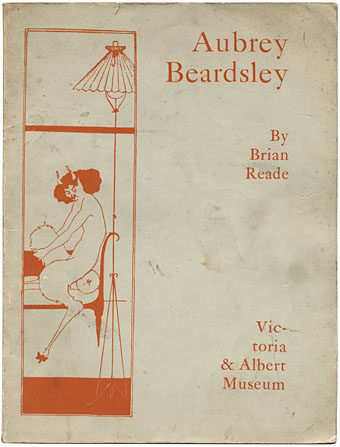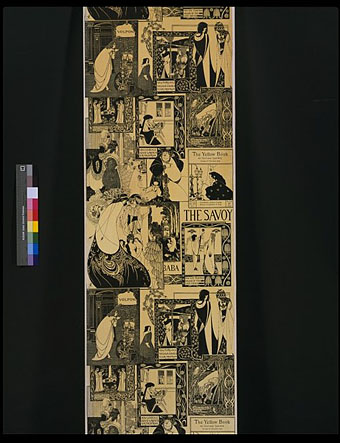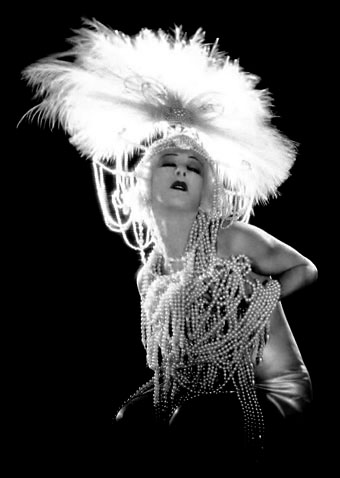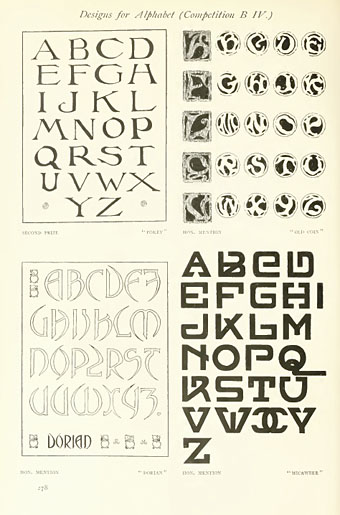
This battered item is my copy of the V&A guide to the landmark Aubrey Beardsley exhibition held at the museum from May to September 1966. That exhibition introduced Beardsley to a new public and made his work very trendy for a while, helped by the Beardsley-styled sleeve of the Beatles’ Revolver album which was released the same year, and a general resurgence of interest in fin de siècle style. Aside from a rare unfinished drawing, there isn’t anything in the booklet which hasn’t been reprinted many times elsewhere but it does contain an excellent overview of the artist’s career by Beardsley scholar Brian Reade.
The V&A website has gained a new feature recently which allows you to search their collections with either a specific search or a random browse. The results don’t give the kind of high-resolution results which I’d like (unlike the British Museum) but the Beardsley works can now be seen in something like their actual condition, edge of the paper and all. Also present is the above piece of Beardsley trivia, a yellowed sheet of wallpaper manufactured by Arthur Sanderson & Sons Ltd in 1967. The Deansgate office of Savoy Books was once covered in this stuff but had unfortunately been papered over by the time I arrived on the scene.
Elsewhere on { feuilleton }
• The Aubrey Beardsley archive









